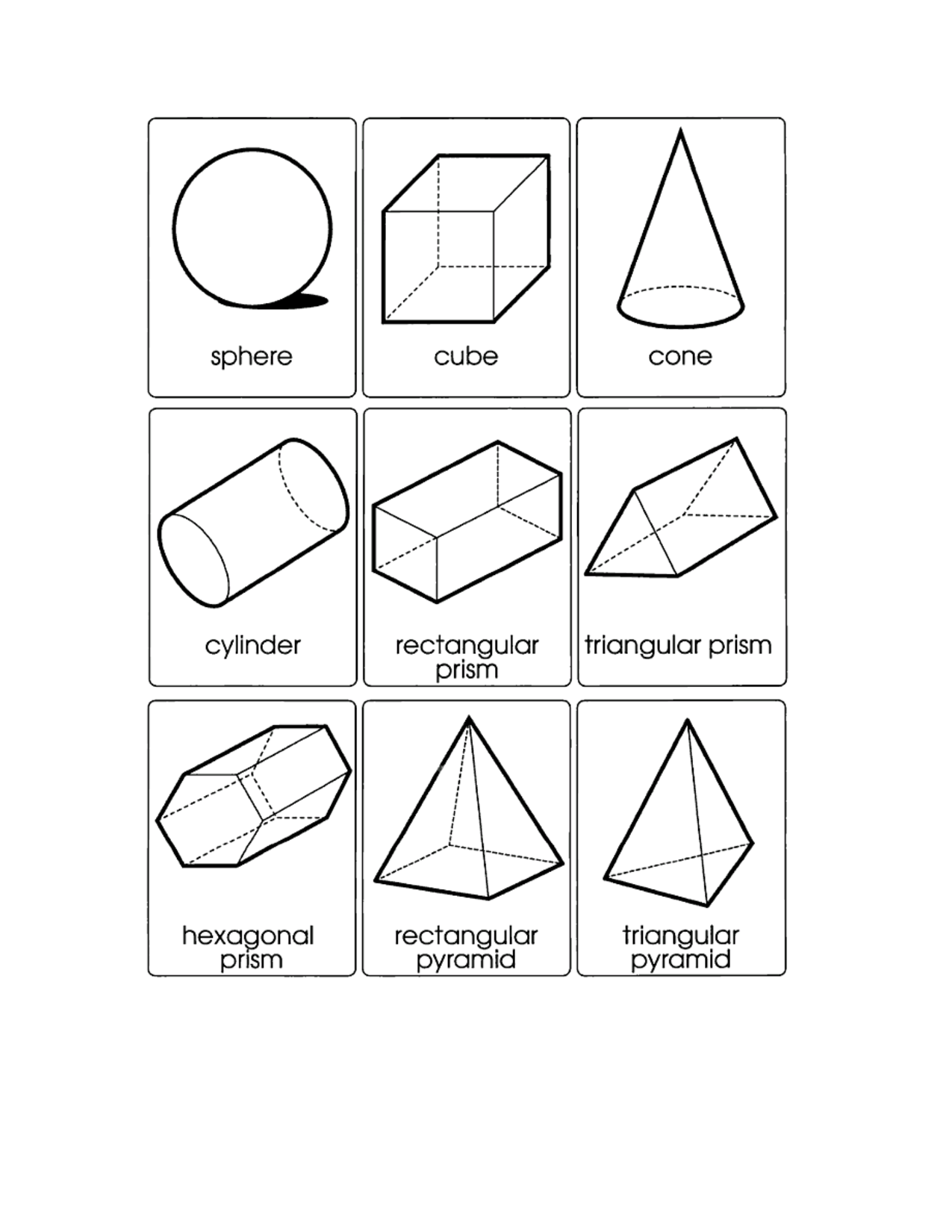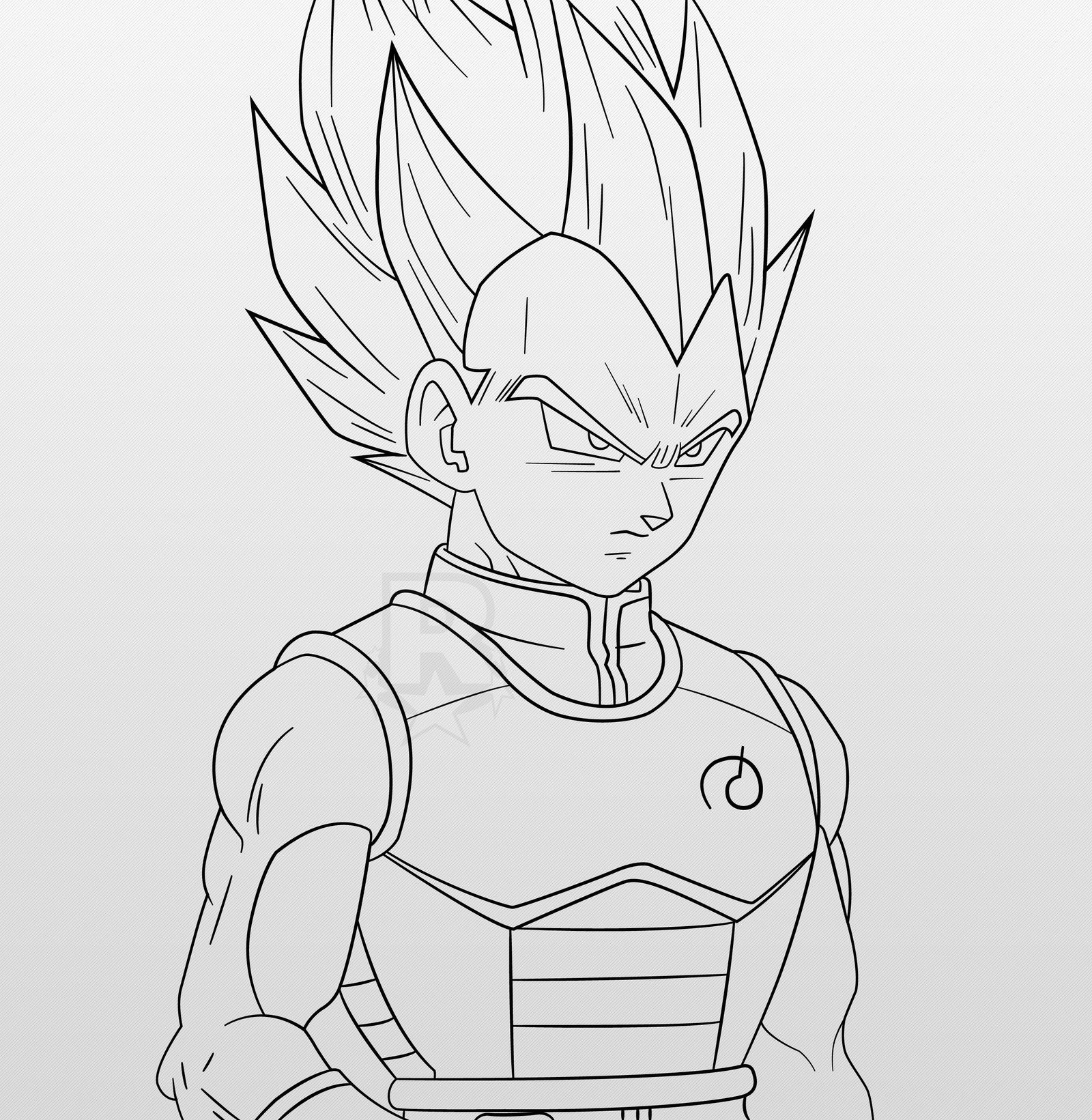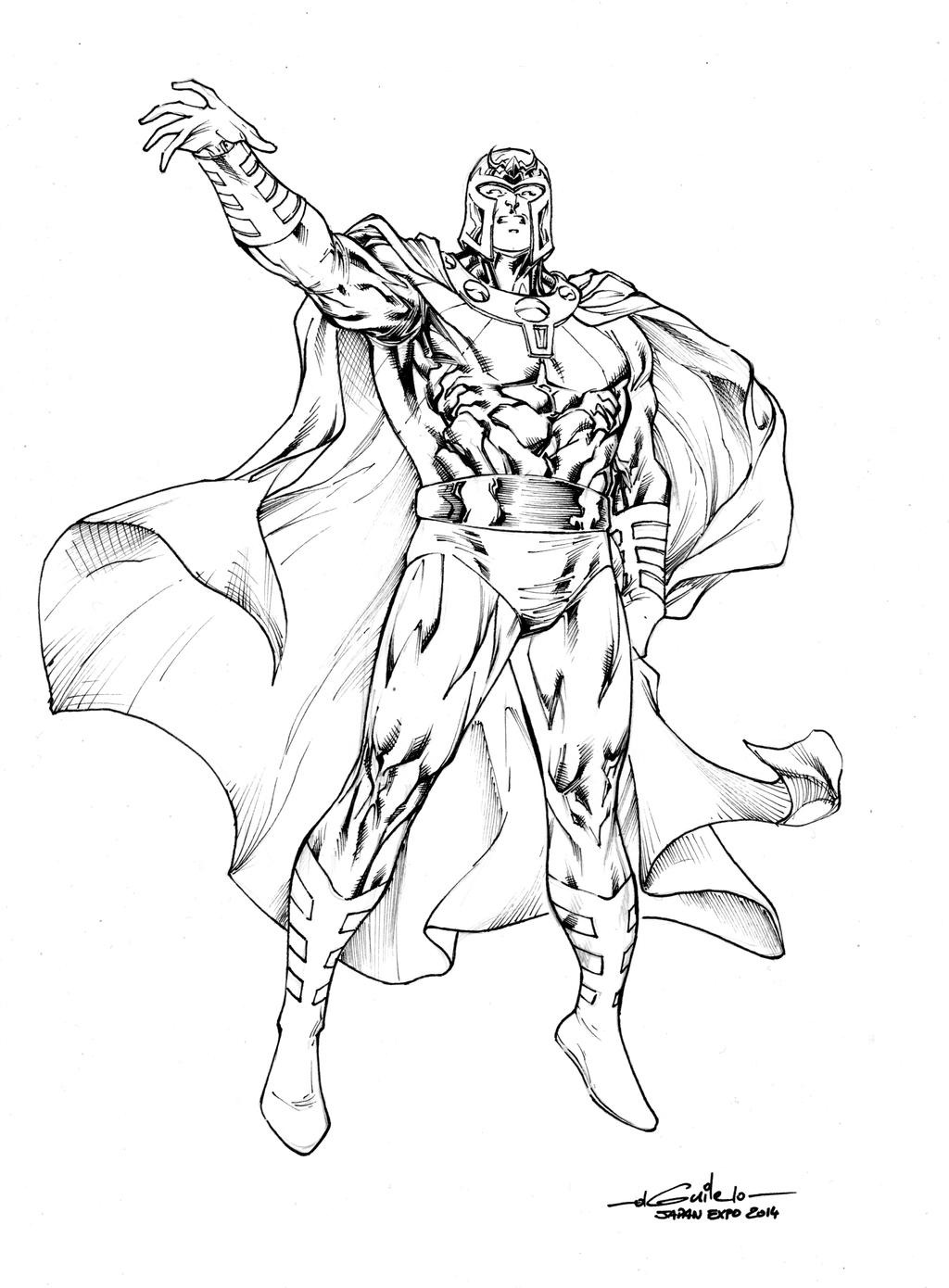5 best images of 3d shape templates printable
Table of Contents
Table of Contents
Are you struggling with how to draw 3-d shapes? Do you feel like your drawings lack dimension and depth? If so, you’re not alone. Many people struggle with the concept of drawing in three dimensions, but it doesn’t have to be a difficult task. With a few tips and techniques, you can learn how to draw 3-d shapes like a pro.
When drawing in 3-dimensions, it’s common to feel stuck with flat and lifeless shapes. The main challenges involve creating illusions of space and depth within drawings. Without these, drawings can look more like hieroglyphics rather than being tangible objects. It requires a deep understanding of perspective, space, and light.
First and foremost, the key to drawing 3-d shapes is to understand the basics of perspective. Perspective is what gives 2D drawings the illusion of depth, volume, and space. There are many techniques you can use to create a 3-dimentional look, such as using overlapping shapes, shading, and foreshortening.
In summary, understanding the fundamentals of creating 3-d shapes involves knowing the basics of perspective as well as using various techniques to create the illusions of depth, volume, and space within your drawing.
How to Draw 3-d Shapes With Basic Shapes
The first technique for how to draw 3-d shapes is to start with basic shapes, such as squares, circles, and triangles. Once you have mastered creating these shapes, you can then apply shading and other techniques to give them the appearance of three dimensions. When creating squares and rectangles, emphasize the angles of the shapes by making sharp and clean lines. For circles and spheres, use light pieces of curved lines to help create the illusion of depth.
 One good technique for practicing how to draw 3-d shapes is to try drawing cubes and boxes, first as simple hexahedrons, and then, adding outlines to the drawing. Once you get comfortable with these shapes, you can start adding details and shading to make your 3-d shapes even more realistic.
One good technique for practicing how to draw 3-d shapes is to try drawing cubes and boxes, first as simple hexahedrons, and then, adding outlines to the drawing. Once you get comfortable with these shapes, you can start adding details and shading to make your 3-d shapes even more realistic.
Using Shading Techniques to Create 3-d Shapes
Another technique for how to draw 3-d shapes is using shading. Shading is what gives depth, volume, and realism to your drawing. The most important aspect of shading is the direction of the light source. Once you have identified the light source, begin by adding shadows to opposite areas of the light source. Start with light shading and gradually build up as you want the object to appear more dimensional.
 Another method for adding depth to your drawing is by creating a range of contrast shades, from light to dark. This technique will help the drawing look more three-dimensional and more realistic. Don’t be afraid to add shading to your drawings because it’s what’s going to bring your 3-d shapes to life.
Another method for adding depth to your drawing is by creating a range of contrast shades, from light to dark. This technique will help the drawing look more three-dimensional and more realistic. Don’t be afraid to add shading to your drawings because it’s what’s going to bring your 3-d shapes to life.
Creating 3-d Shapes Using The Perspective Grid
When drawing 3-d shapes, you can use the perspective grid to help you. The perspective grid is a system of lines and vanishing points that help you see how an object will appear in space. Use this technique to help you create lines that are more perpendicular with each other, giving your 3-d shapes more consistency and structure.
 To create the illusion of depth in 3-d shapes, simply follow the guidelines of the perspective grid to obtain an idea of how to position lines and give your image structure. The grid will establish the look of the final image and give it a 3-d look.
To create the illusion of depth in 3-d shapes, simply follow the guidelines of the perspective grid to obtain an idea of how to position lines and give your image structure. The grid will establish the look of the final image and give it a 3-d look.
Creating Realistic 3-d Shapes with Reflections and Shadows
Reflections and shadows help you create realistic 3-d shapes. By carefully drawing the reflection of an object or the shadow it casts, you give it a sense of depth and dimension. These additions can make an otherwise flat image come to life.
 In summary, when learning how to draw 3-d shapes, use basic geometric shapes to start, complementing with shading and perspective techniques, experimentation, and fine-tuning through practice.
In summary, when learning how to draw 3-d shapes, use basic geometric shapes to start, complementing with shading and perspective techniques, experimentation, and fine-tuning through practice.
Question and Answer
Q. What is the most crucial technique when drawing in 3-d?
A. Understanding the fundamentals of creating 3-d shapes involves knowing the basics of perspective as well as using various techniques to create the illusions of depth, volume, and space within your drawing.
Q. What is shading and why is it important in drawing 3-d shapes?
A. Shading is what gives depth, volume, and realism to your drawing. The most important aspect of shading is the direction of the light source. Once you’ve identified the light source, begin by adding shadows to opposite areas of the light source.
Q. How does the perspective grid help when drawing 3-d shapes?
A. The perspective grid is a system of lines and vanishing points that help you see how an object will appear in space. Use this technique to help you create lines that are more perpendicular with each other, giving your 3-d shapes more consistency and structure.
Q. Why are reflections and shadows important to drawing realistic 3-d shapes?
A. Reflections and shadows help you create realistic 3-d shapes. By carefully drawing the reflection of an object or the shadow it casts, you give it a sense of depth and dimension. These additions can make an otherwise flat image come to life.
Conclusion of How to Draw 3-d Shapes
By understanding the basics of perspective, experimenting with basic shapes and using shading techniques, along with fine-tuning through practice, you can create 3-d shapes that appear to pop off the page. Have patience with your skill-building, the key is always attention to detail in creating illusions of 3-d space.
Gallery
How To Draw A 3D Drawing ! Simple Geometric Shape Optical Illusion ! 3d

Photo Credit by: bing.com / illusion
5 Best Images Of 3D Shape Templates Printable - 3D Shapes Printables

Photo Credit by: bing.com / 3d shapes printable shape templates printables template printablee triangle via
Imagine Art!: How To Draw 3D Shapes | Art Lessons, Art Worksheets, Art

Photo Credit by: bing.com / 3d shapes draw drawing basic shading form choose board easy worksheets basics elementary
#solid #polyhedra #geometry #symmetry #pattern #pencil | Geometric

Photo Credit by: bing.com / drawing geometry line drawings pencil geometric pattern 3d shapes draw sacred solid designs random illusion escher symmetry ooze mandala regolo54
Pin By Blaize On Doodle | 3d Drawings, Hexagon Tattoo, Drawings

Photo Credit by: bing.com / hexagon pencil illusion





